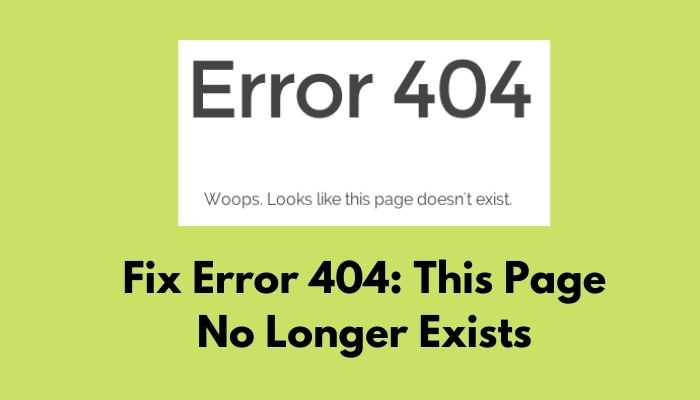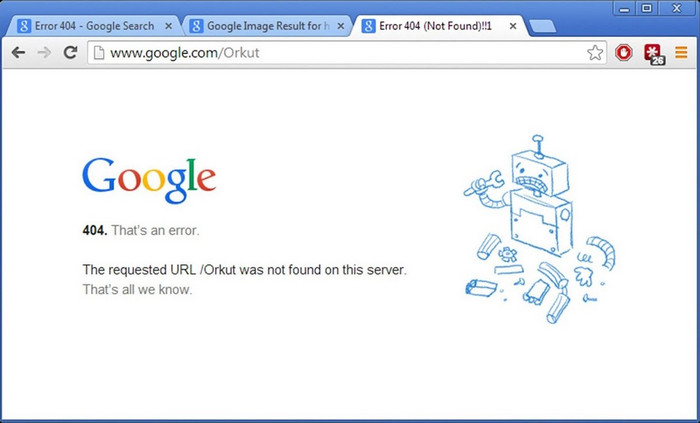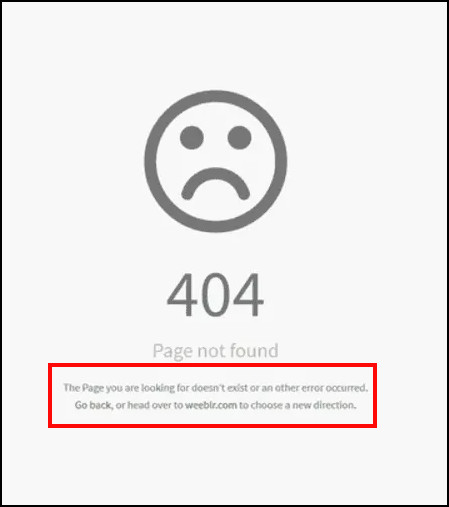Whether you are just a reader on the website or the developer, getting an error 404 while browsing is outrageous! It’s even more disastrous if you own that site.
When your targeted audience is unable to reach the desired page, it can be vile for your website SEO because that makes it difficult for the search engine to recognize your website. From my experience, I can assure you that getting frequent 404 error messages is not a good sign if you aim high.

Okay! Those precautionary statements were not to scare you. Just a simple reminder, what could happen if you are not careful enough. And as you are here on this page, my responsibility is to guide you in solving error 404 with efficient techniques.
But, the first thing I would like to share with you is why do you face error 404 while browsing a website?
Let’s not hover around the internet regarding the topic. Understanding the issue will help you resolve the matter more quickly than you ever could fathom.
So, enduring the reading process would be much wiser if you want to resolve the 404 error instantly.
What is Error 404?
The error 404 is also known as the HTTP error/ failed to locate the page/ failed to locate the server. It mainly occurs when the user can’t find a requested page link.
Initially, it would indicate the urged website/page is unresponsive. But, in the long run, there are several other criteria behind the error message, which I have explained earlier. This 404 error message belongs in the error group 400- 499.
Wait! What’s the error status group? The error status code groups are to help you determine the exact problem behind a specific error message. These error messages are categorized into five groups, and they are as follows:
- Group 100-199: This group contains the items in progress. Ignoring this error group won’t be harmful most of the time.
- Group 200-299: This group indicates the universal 200 ok response. This is also a successful response with nothing to show on.
- Group 300-399: This set of codes indicates that a redirection process has been going on.
- Group 400-499: This range of codes is the problematic ones. These are used to denote client errors.
- Group 500-599: Error codes of the 500 range indicate server errors. When something is wrong with the server, you get this set of error messages.
Check our exclusive tutorial on Fix Error Cannot Delete Folder.
How to Identify Error 404?
Before getting to that point, I would like to share the differences between the two types of errors you can possibly encounter. The first one is soft 404, and as you expected, the latter one is a hard 404 error.

Hard errors are more common and can be encountered easily. When the content of a certain page vanishes or gets deleted, the error shown is the hard error.
Soft errors are more complicated ones. Let me clear that out with an example. Imagine yourself owning an e-commerce website. A specific product of the web has gone out the manufacture. If your customer visits the link they used to enter buying that product, it will be invalid. That problem with the URL validation will be determined as soft errors.
Now that you have an awareness of determining which error is soft/hard, let’s introduce you to the process of identifying 404 errors.
Here are the steps to locate 404 errors on any website:
- Google analytics: There is no way I can describe the impacts of google analytics if you are in the process of maintaining a website. Go to your analytics, navigate like this: Select All behavior from the left menu > Site content > All pages. Click on the search area, type 404 error, and then press Enter to find out which pages contain the 404 error.
- Dead link checker: This is more of a simple formula to find out which of the page of a certain website is down. Search Dead link checker on your web browser, and enter the URL of your website. Check every page of the website with this easy, free-to-use utility.
- Google search console: This one is my personal favorite method to locate errors on any website. Log in with valid information, go to coverage after logging in > select Excluded tab from the right pane. The search console will show the results listing the error 404 pages.
Identifying the error pages will generate a clear pathway in your mind, and you will understand better how you should solve the issue with minimum output.
How to Fix 404 Error?
Now that you are aware of everything needed to resolve the error, it is time to fix the issue. As mentioned earlier, 404 error is pretty common. You will get one or two pages of your website containing this error.

In this section, I will be sharing the most workable methods you can implement to get rid of the issue. Follow the instructions I am going to enlist here and resolve the problem on your own.
Here are the methods you can apply to resolve HTTP errors:
Method 1. Redirect the Webpage
The most simple workaround you can rely on. Redirecting means forwarding your client to another page from the broken one.
Make sure you have redirected the user to a relevant page. By relevant, I mean suitable to the link that is broken. Suppose you are selling a particular product on your website. Somehow, the link is broken, and you are losing consumers because of the page.
What you can do is, insert a link where you are selling a similar kind of product. Thus, your bounce rate would be the same, and you might be able to sell other products.
Method 2. Restore the Deleted Page
As explained earlier, the deletion of a page can trigger the error 404 on your website. If your deleted page was popular, and for that, if the bounce rate is getting high from time to time, you can restore the deleted page.
You should only restore a page if the users are trying continuously to get into that page. Otherwise restoring a page won’t be imperative.
Method 3. Fix the Link
If the error is occurring because of the misspelling of an URL, you can always edit the link and clear the access.
But you have to make sure the broken link is still available on your website, and you can’t edit the link if that is not accessible.
Check our latest post on Correction to Specified Procedure Could not be Found Error.
Method 4. Fix Error 404 on WordPress
If you have a WordPress site, fixing the 404 error won’t be difficult for you to handle. Use the mentioned method to find the broken pages. Then comes the fixing process.
Go to the WordPress dashboard and select settings > Click on permalinks > change the settings and select Save changes.
Your website should be up and running by now.
These are the methods you should try whenever you face this page no longer exists an issue. These proven techniques would be enough whenever you encounter the 404 error message.
Final thoughts
The last thing I would like to add is every other website has a few broken links. And having broken links for a website is usual. Don’t panic until and unless a huge portion of the contents of your website gets the error code.
Keeping track of your broken links and fixing them continuously is an everlasting process. Continue doing it if you want your website to be well-maintained.
Not to mention, if you had any difficulties reading the entire article, or have any questions, related to the error code 404, please do write them in the comment section. I will answer them right away.




